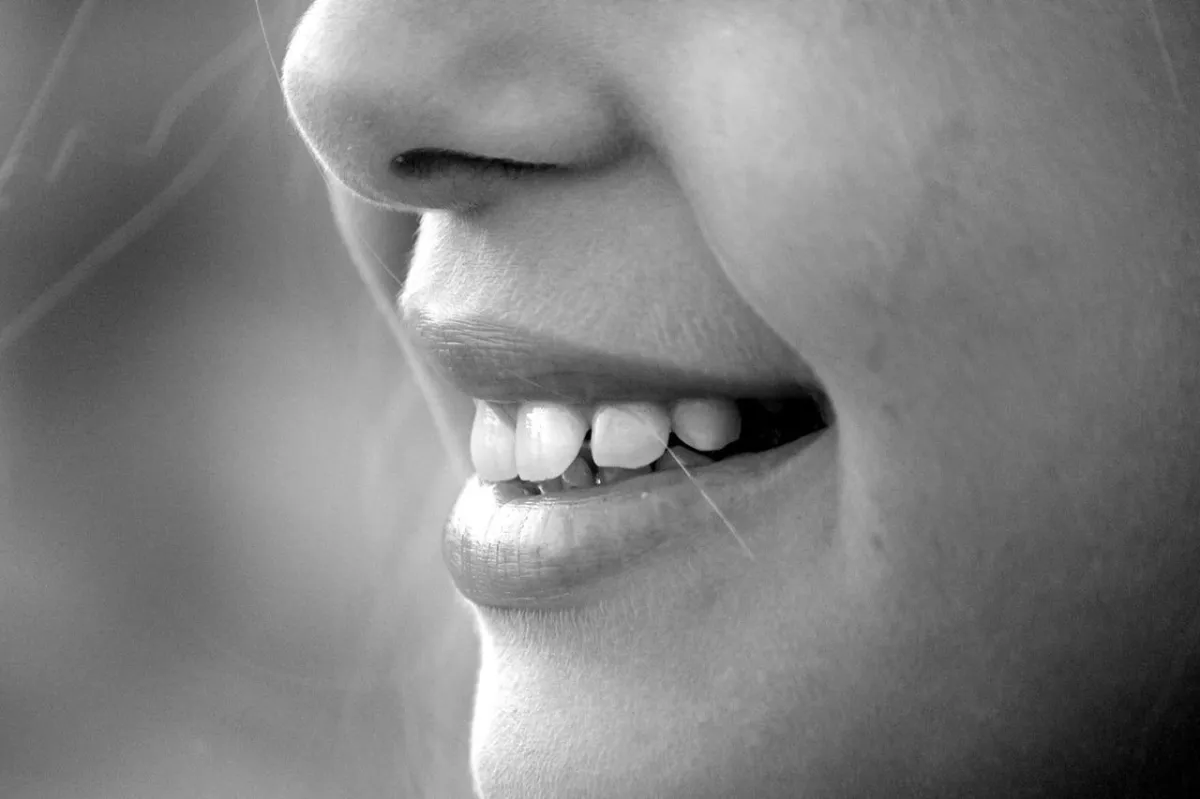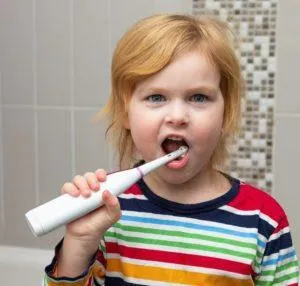About Teeth
Throughout your life, you will have two sets of teeth: primary (baby) teeth and secondary (permanent) teeth. The primary teeth appear around ages 6-8 months, and all 20 are in place by age three. Everyone is born with permanent teeth that come in after primary teeth fall out. Some people have extra teeth called wisdom teeth, which brings the number up to 34 teeth. Teeth are the hardest substance in the human body; Tooth enamel is made up of 96% minerals, which makes them harder than bone!
Permanent teeth will begin to grow around age six, and with the exception of wisdom teeth, are all present between ages 12 and 14. The next teeth to grow in are the 12-year molars and finally the wisdom teeth. Wisdom teeth typically begin breaking through from age 17 and on. The total number of permanent teeth is 32, though few people have room for all 32 teeth, which is why wisdom teeth are usually removed.


Did you know? Teeth are the only part of the body that can't repair damage. If teeth start to develop tooth decay, the disease will progress until the tooth is severely decayed or falls out. Fluoride can help prevent or slow down tooth decay. It can be found in toothpaste, mouthwash, floss, and even public drinking water.
Everyone has unique teeth! That’s right; no two people in the entire world have teeth that are shaped the same. Not only that, but no two of the same type of teeth in your mouth – incisors, for example – are identical either. You might also be interested to learn that over a lifetime, the average person spends about 40 days brushing their teeth.
Your front teeth are called incisors, which are used to cut food. The sharp “fang-like” teeth are called canines, and they’re used to tear food. The next side teeth are referred to as pre-molars or bicuspids. Their purpose is to crush and grind food. Lastly, the back teeth are called molars, which are also used to grind food. Molars have the biggest crowns of all teeth and have two to three roots, differing from incisors, canines, and bicuspids which generally have one.
While different teeth surfaces have different susceptibilities to decay, all teeth can develop cavities. There are hundreds of different types of bacteria and they can all affect your oral health. If you keep your teeth healthy and clean, you'll avoid tooth decay.


The parts of the teeth include the crown – which covers the enamel, dentin, and pulp – and the root. Tooth enamel is very hard and acts as the protector of the innermost parts of the tooth, the dentin and pulp. Dentin is hard as well, but not as hard as enamel. It serves as protection for the pulp. The pulp contains nerve endings, which are responsible for tooth sensitivity, and the blood supply, which keeps the tooth alive. The root of the tooth extends down inside the jawbone and holds the tooth in place.
Have you eaten something really cold or really hot? The nerve endings inside the tooth pulp are what cause temperature sensitivity. Though, the nerve endings can’t actually sense temperature. Instead, they are only able to feel pain. A certain amount of sensitivity is normal, but if it’s severe and happens more often than not, it can be a sign that you’ve developed a cavity or other dental problem. Your permanent teeth are the ones you keep for life, so it is important that they are brushed and flossed regularly and that you periodically schedule check-ups with a dentist.

19 INVERNESS CENTER PARKWAY, STE 250, BIRMINGHAM, AL 35242
TEL: 205.969.7454
E-MAIL: [email protected]
2018 © ALL RIGHTS RESERVED | PRIVACY POLICY | TERMS AND CONDITIONS
Site by Trustway Marketing Powered by Kyrios Systems